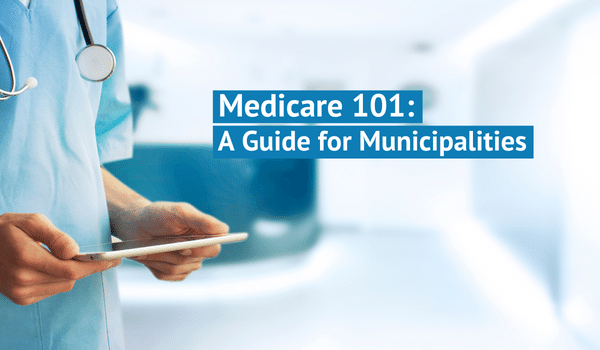What is an OPEB Funding Policy?
June 15, 2021|Samantha Schneider

Bottom Line Up Front
- An OPEB funding policy is made up of three components: current asset amount, current contributions, and expected future contributions.
- Adopting a funding policy can increase your discount rate which looks favorable to rating agencies.
- An OPEB funding policy is intended to be long-term but may be adjusted in the future as your organization’s needs or goals change.

Most cities, towns, and other municipal organizations are still using pay-as-you-go funding strategies for their other postemployment benefit (OPEB) costs. This practice is not financially sustainable in the long run. To address increasing long-term OPEB liabilities while still maintaining the city’s programs and services, many are adopting a formal OPEB funding policy.
Three Main Components of an OPEB Funding Policy
A formal funding policy is also a key component in determining your OPEB discount rate. Adopting one is surprisingly simple and consists of three main components: your current asset amount, your current contributions, and your expected future contributions.
Current asset amount: What is the total amount in your irrevocable OPEB Trust account at the end of your most recent fiscal year?
Current contributions: How much did you contribute to your OPEB Trust during the fiscal year?
Future contributions: How much are you planning to contribute to the trust in future years? Your formal funding policy should include an expected amount for all future years. Some examples of funding policies our clients have adopted are:
- Flat amount annually, or increasing by a set percentage every year.
- Contributions from a dedicated source, such as a meals tax
- A certain percentage of Free Cash annually
- Percentage of yearly salary or a fixed amount per employee
- Pension appropriation – using a portion of the pension appropriation after the system is fully funded
In Conclusion
An OPEB funding policy has the potential to get you a higher discount rate on your OPEB valuation, which can also look favorable to rating agencies as it shows you’re taking steps to address your liability.
Whenever you’re ready, there are 3 ways we can help you:
Categories: OPEB

About The Author Before coming to Odyssey Advisors, Samantha spent 8 years as a high school math teacher, working mostly with students in low-income, at-risk communities. She users her education background to make sure clients understand the often complex world of retirement benefits...
More Insights From This author





